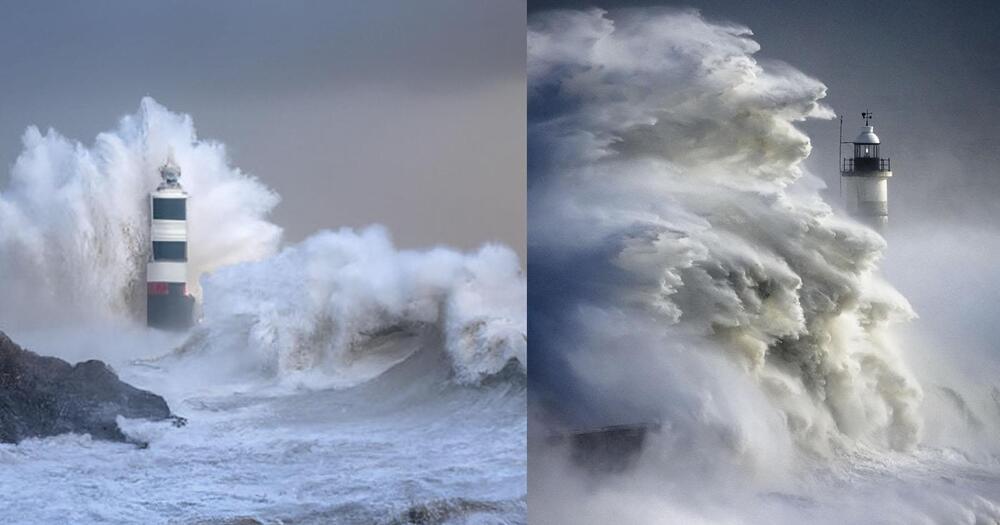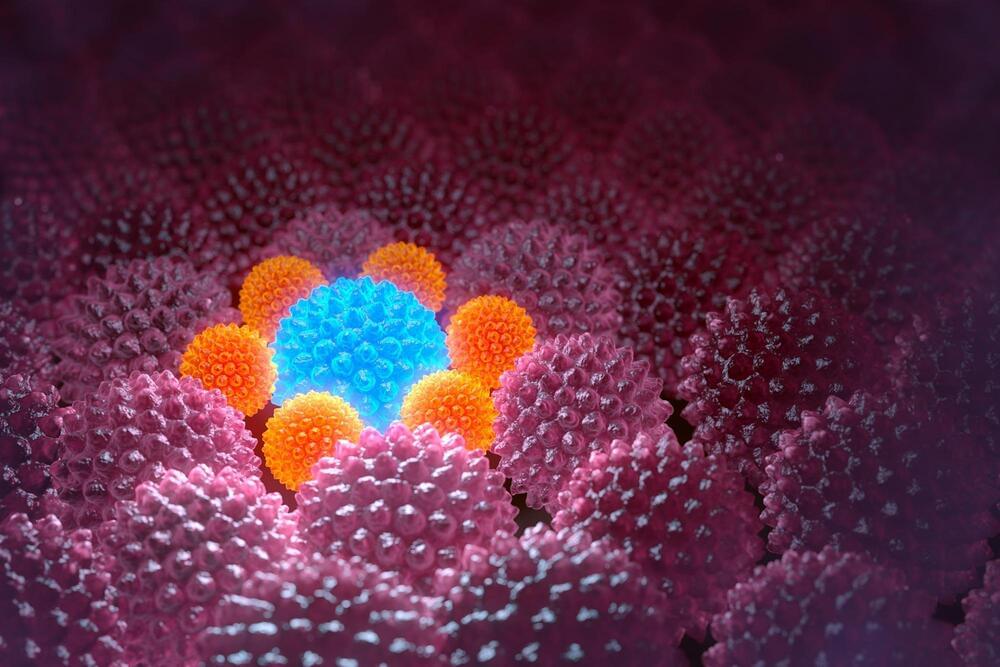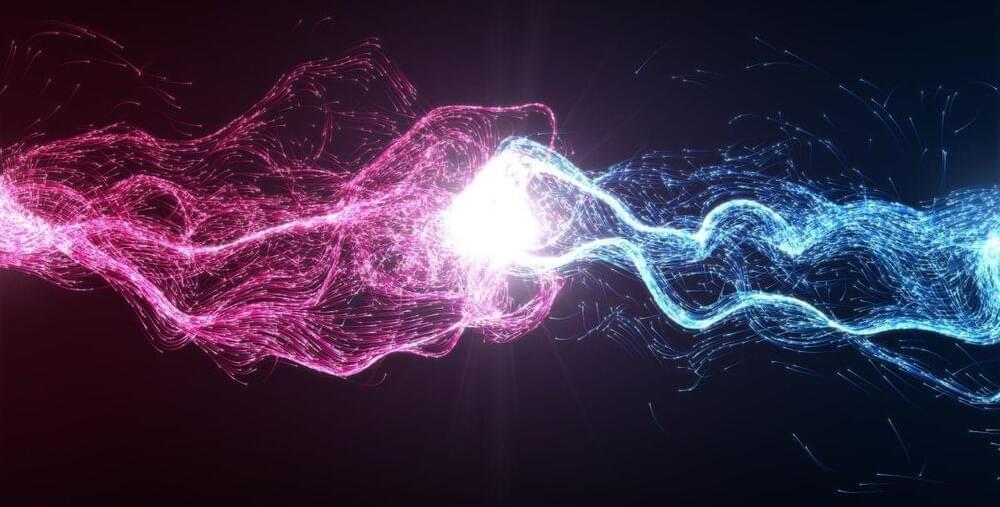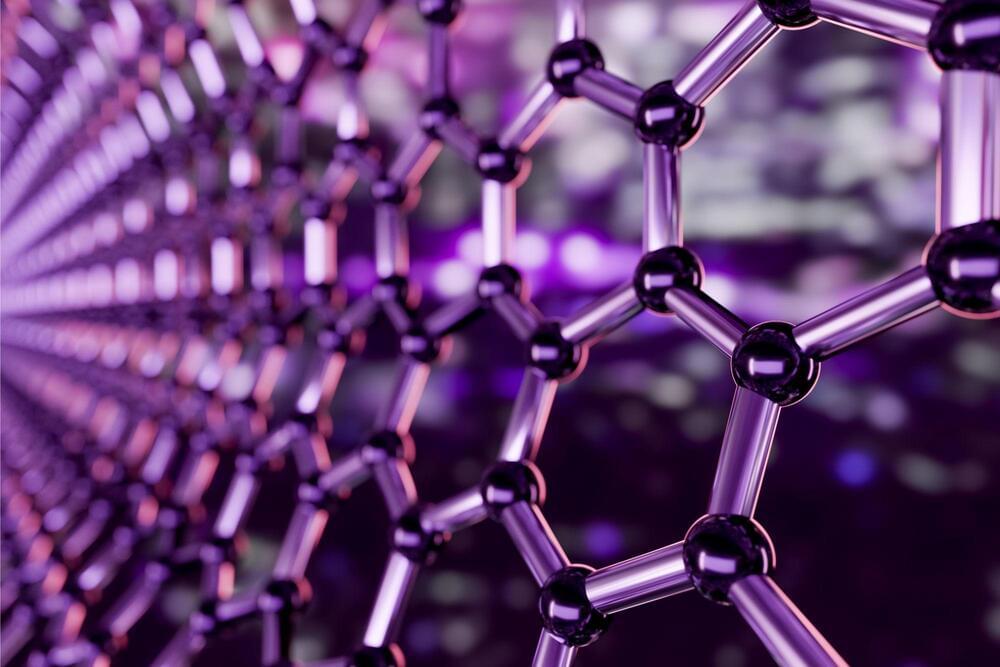The Royal Meteorological Society, which runs the Weather Photographer of the Year competition, has posed an intriguing question: Can artificial intelligence (AI) win a photography competition?
To answer this, the Society drew up a Turing test in which the viewer is invited to guess which is an AI image and which is an actual award-winning photo.
The Turing test, created by Alan Turing in 1950, is a test of a machine’s ability to exhibit intelligent behavior indistinguishable from a human.






